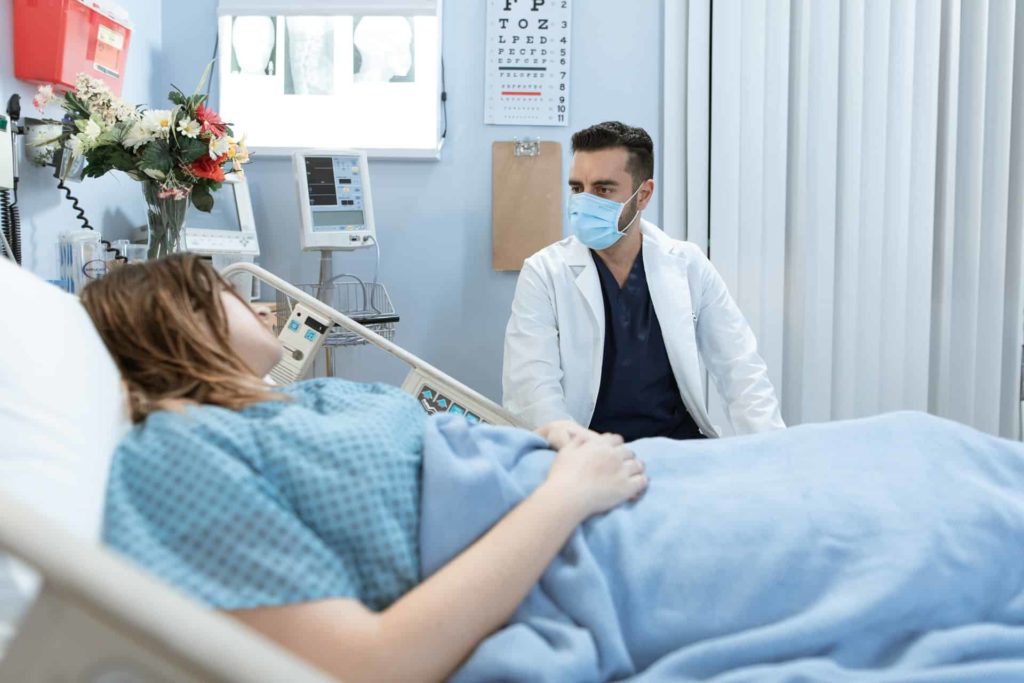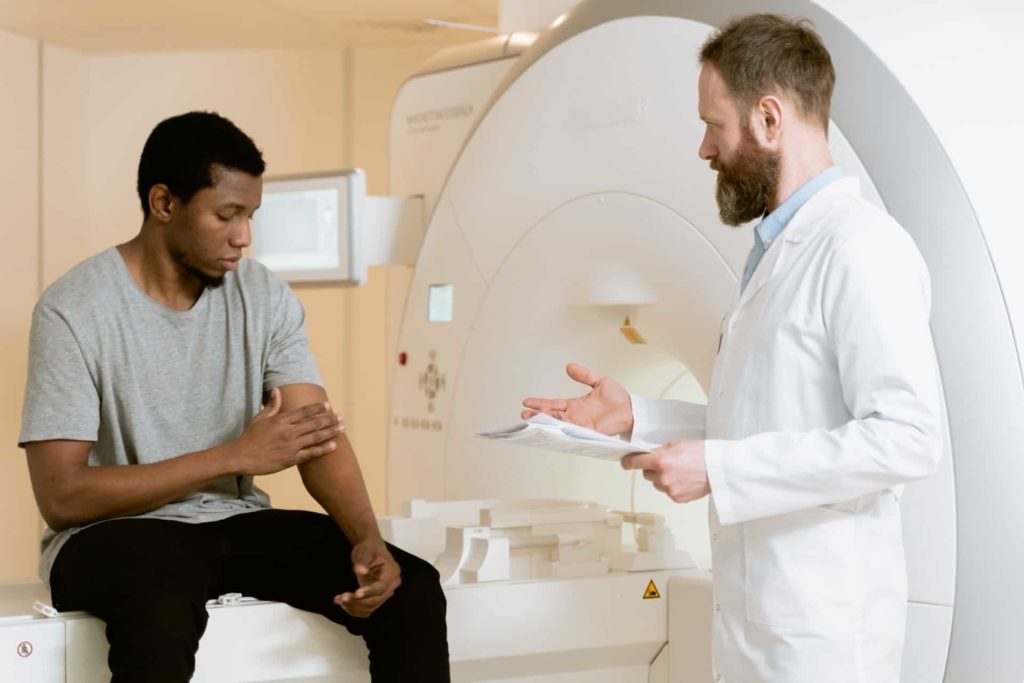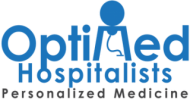
Medical history is the foundation of a smoothly functioning healthcare system. Medical professionals have a more challenging time meeting patients halfway without the proper knowledge.
Documenting a patient’s medical history is more than just jotting down notes in a notepad. Specific details need to be recorded and updated on a rolling basis. You must also exercise soft skills to encourage patients to open up and share their concerns.
How do you properly document a patient’s medical history? Our guide will break down this process step-by-step to improve the well-being of both workers and patients.
What Needs to Be Included in a Patient’s Medical History
The foundation of a patient’s medical history is their personal story. No two histories look alike, so you need to be keenly aware of your patient’s individuality.
Medical history generally includes the following details, even though not all will apply depending on the person:
- Family medical history, such as genetic predisposition for certain conditions
- Past medical history, such as previously treated illnesses or injuries
- Past surgical history, including minimally invasive and invasive surgery
- Allergies, intolerances, and/or dietary necessities
- Personal history, such as smoking, drinking, or marital status
Related: How Healthy Is America Compared To Other Countries?
Reasons for Good Clinical Documentation
Proper clinical documentation is vital for ensuring patients are receiving the care they need. Missing out on certain details is like trying to finish a puzzle with only half the pieces.
Documentation not only needs accuracy, but regular updates. Our mental, physical, and emotional health is in constant flux. Information that could have been relevant a year ago may be quite different later on. Overall, it’s important to encourage a strong rapport with your patients so they stay in touch with you.
Tips to Better Patient History-Taking
Do you wonder how you can get better at taking the medical history of your patients? Hard skills and soft skills are both necessary here.
Hard skills include taking accurate notes and being punctual when sending out paperwork. Soft skills refer to empathy, patients, and regular follow-up. Let’s take a look at our top tips.
Allow Patient to Speak First
It’s common for patients to be nervous speaking with medical staff. They may fear getting a diagnosis or worry about a conflict of interest.
Try letting the patient speak first. Encourage them to feel comfortable by asking about their day or how they’re feeling. These soft skills go a long way in establishing trust.
Related: How Technology Helps In Hospitals
Build Rapport with Patient
Building rapport takes time. Every time you see your patient, you’re receiving a fresh opportunity to build trust and learn more about this.
Building rapport with your patient can look like the following:
- Being clear and up front about the purpose of your questions
- Asking about lifestyle to build a better understanding of their history
- Respecting boundaries if a patient isn’t ready to share yet
Strong medical care starts with community. Our team works hard to provide in-patient care to two hospitals, seven nursing homes, and one assisted living home facility.

Get the Basic Information
Obtaining basic information is a strong start for both patient and medical worker. Patients may be too nervous or tired for longer sessions, so filling out simple paperwork helps them get started.
Likewise, medical professionals need the following information before they can proceed with a diagnostic or advice:
- Current medications
- Basic family history
- Allergies
- Long-term health complications
- Lifestyle details such as pregnancy, drinking, or recent traveling
Listen
Strong listening skills will carry you a long way. Patients are often in the uncomfortable position of having to be vulnerable or nervous in front of someone they don’t know.
When you listen closely to a patient and show you understand where they’re coming from, they’re more likely to open up. Consider jotting down notes as they speak so you can meet them halfway later.
Be Aware of Your Cognitive Biases
Bias-related errors are a very real issue in the medical industry. When you have several years of experience in the field, you run the risk of assuming you know more than you do.
Resist the urge to assume a patient is as knowledgeable or confident as you are in the field. We also recommend not assuming any detail is too small or superficial. The more you prioritize your patient’s individuality, the better.
Be Flexible
You may receive information out-of-order. Staying flexible and keeping a sharp eye on your notes will keep you from having to repeat yourself.
Patients are more likely to share their social history than their medical ailments, especially when they want to connect with you.
Related: Why You Shouldn’t Drink While Taking Antibiotics
Summarize the Information
We can’t stress enough the power of accurate notes and strong listening skills. We recommend summarizing the meeting with your patient at the end to ensure you’ve got the right information.
Not only does this step remind your patient you’re listening to them, they also have an opportunity to correct any inaccurate information.

Last Word
Documenting a patient’s medical history doesn’t end at your notetaking skills. You need to exercise soft skills such as sensitivity, strong listening capabilities, and introspection.
Our top tips for improving your medical history documentation include:
- Allow the patient to speak first
- Build rapport over time
- Obtain basic information early and with easy tools, such as paper forms
- Listen carefully with the intent to learn
- Be aware of your own cognitive bias, such as confirmation bias
- Be flexible when receiving information
- Always summarize information at the end of the meeting
Provide your patients with superb medical care. Contact us today for partnership with in-patient hospitalist services.
